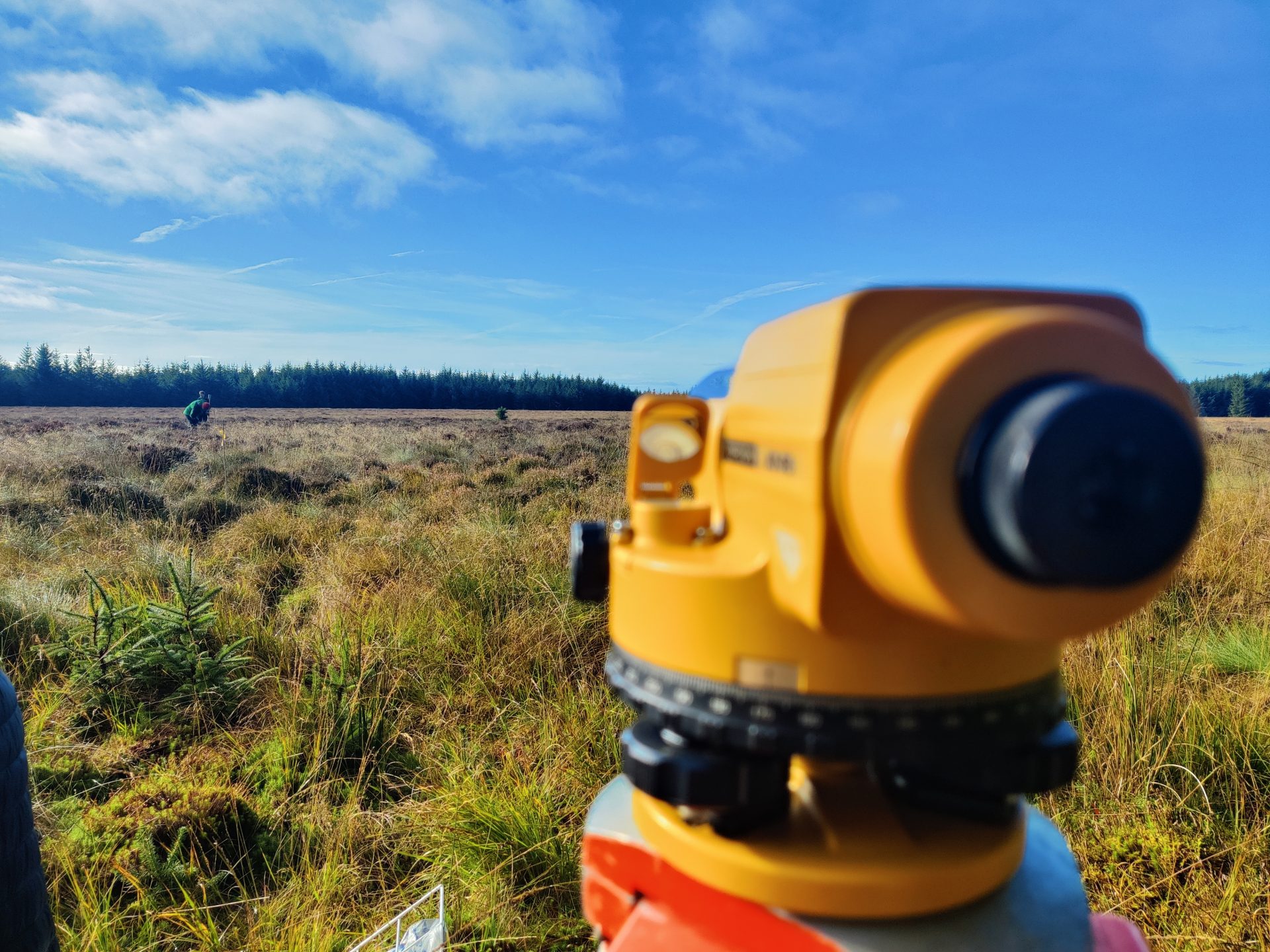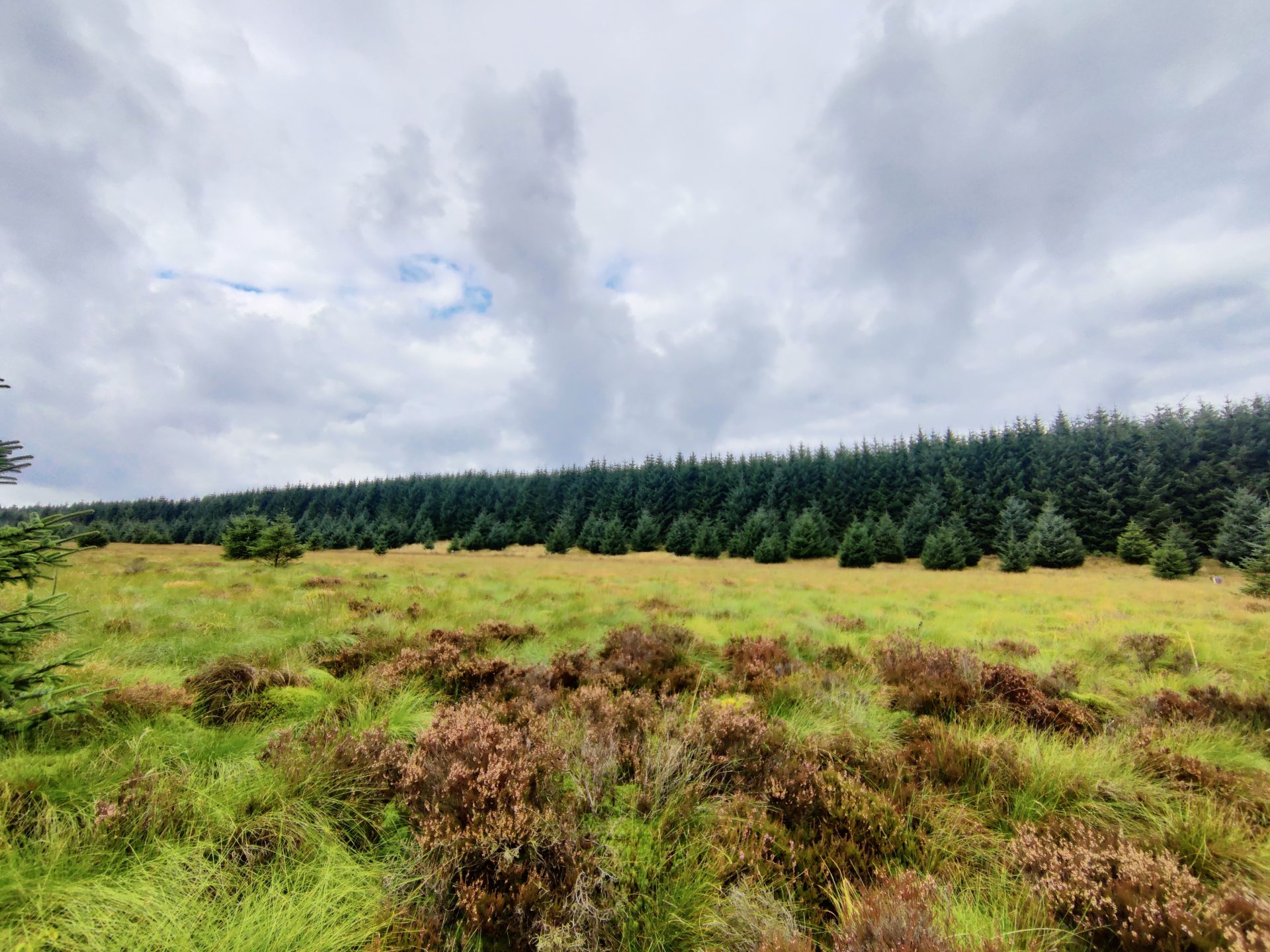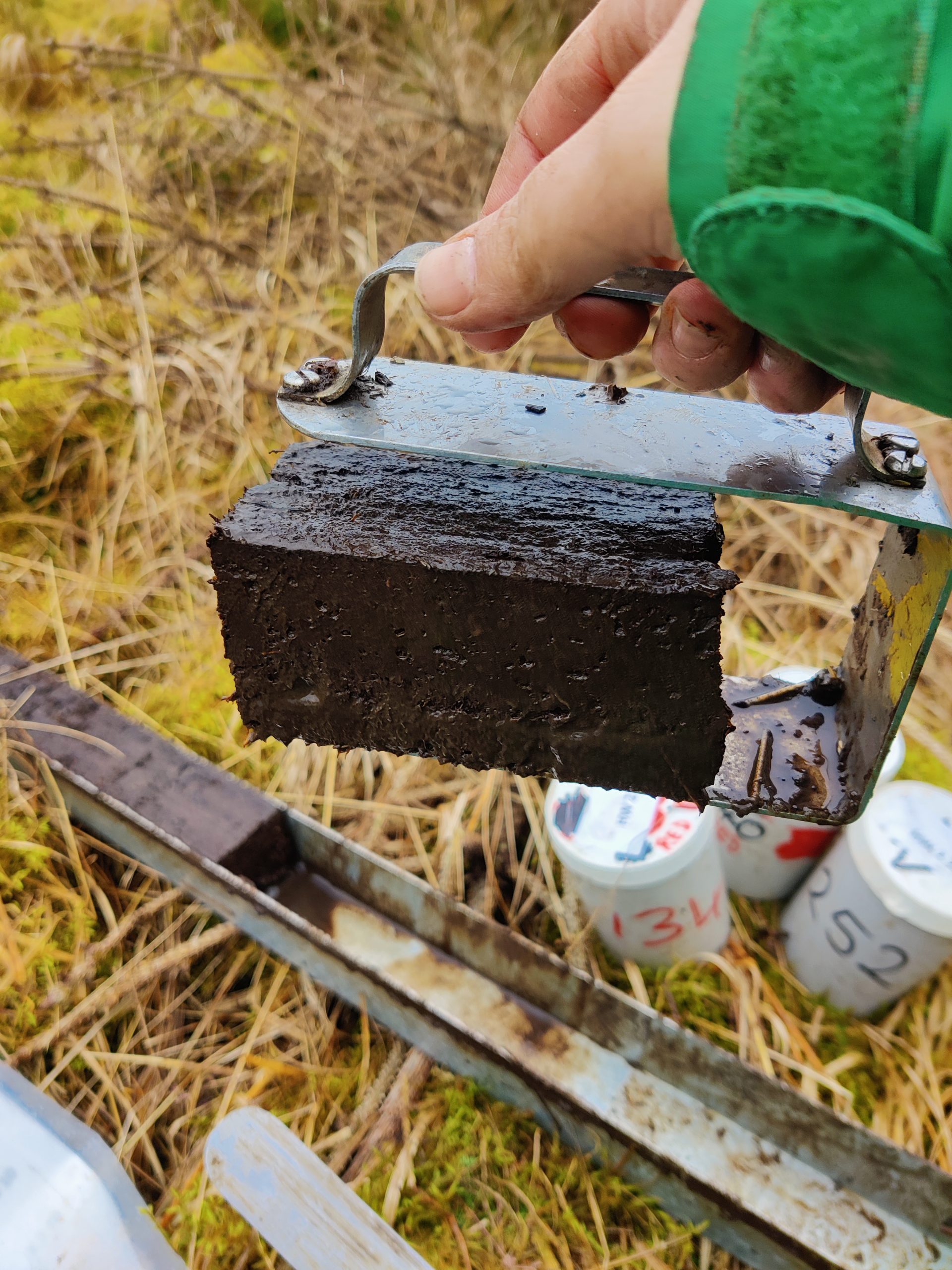Summary
Overview
This research aims to provide evidence on the extent of external edge effects of woodlands on adjacent peatland.
The evidence gap which led to this project was identified by this review in 2022. This in turn was needed to ensure compatibility between the England Trees Action Plan and the England Peat Action Plan.
We aim to provide evidence that can be used to review the guidance in respect of the width of buffer zones that need to be left undisturbed when creating new woodlands or restocking existing woodland on land adjoining ground with peat of 30 cm thickness or greater, thus strengthening the guidance.
This project is part of the Nature for Climate Fund.


Research Objectives
- What can the published evidence tell us about hydrological connection in peatland?
- How far does the hydrological edge effect of woodland on peat (i.e., lowering of the water table and/or subsidence of the ground surface) extend onto adjacent open peatland in a range of topographic situations and for a range of peatland and woodland types?
- How does drying of open peatland adjacent to woodland affect decomposition of peat?
- How does drying of open peatland adjacent to woodland impact litter decomposition and composition of the peat/litter invertebrate community?

Latest Update
4 bogs surrounded by conifer plantations are being sampled in Kielder Forest. Fieldwork is ongoing.

Funding & Partners
- This project has been funded through the Government's ‘ Nature for Climate Fund’
-
 DEFRA
DEFRA -
Key Contributors
-
 University of Leeds
University of Leeds
